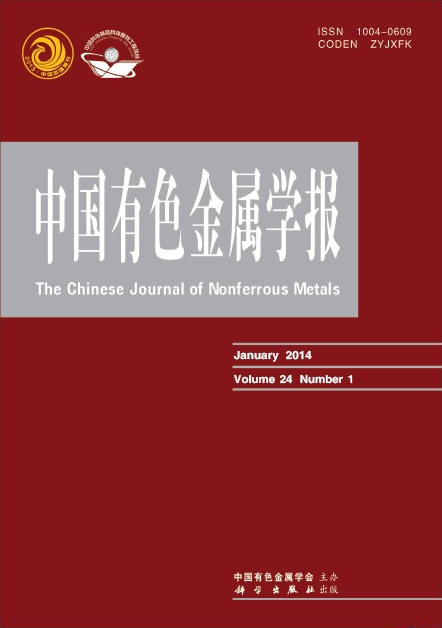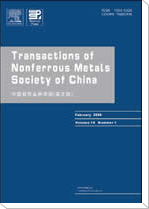中国有色金属学报(英文版)
Transactions of Nonferrous Metals Society of China
| Vol. 35 No. 8 August 2025 |
(1. School of Materials Science and Engineering, University of Science and Technology Beijing, Beijing 100083, China;
2. National Center for Materials Safety Service, University of Science and Technology Beijing, Beijing 100083, China)
Abstract:A practical process method for precise integration of SiCf/SiC composite (CMC) and a Ni-based superalloy (K403) was proposed in this study. It involves Nb coating pretreatment of the CMC via the chemical vapor deposition (CVD) at 1000 °C and subsequent integral precision casting between the pretreated CMC and the K403 superalloy melt. The method solves the difficulty for the dissimilar material to be cast together, forming a robust bonding interface with an average shear strength of 94.8 MPa at room temperature. During the pretreatment process, the Nb reacted with the CMC, forming a reactive coating with the microstructure composed of NbC, Nb2C and Nb5Si3 phases. In the following integral casting, the Nb reactive coating effectively blocked detrimental graphitization reaction between the Ni element in the superalloy melt and the CMC, and mitigated the interface thermal stress generated by both the mismatch of thermal expansion coefficients and temperature difference, resulting in the increase of interfacial strength. The typical interfacial microstructure consists of the CMC, NbC, NbSi2/NbC, SiC, NbSi2, Nb2C, Nb5Si3, Al4C3, Nb2Al/γ/γ'''' and MC (M=W, Mo, Ti). A formula for estimating the interfacial thermal stress of an integrated cast was derived.
Key words: SiCf/SiC composite; microstructure; Ni-based superalloy; integral casting; Nb reactive coating; bonding strength


